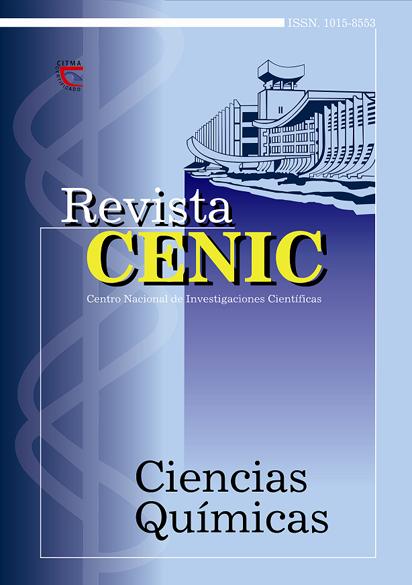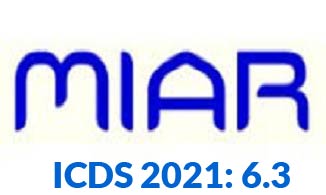Materiales catódicos con base de níquel para la reacción de desprendimiento de hidrógeno
Resumen
Se presenta una revisión de algo más de 100 trabajos relacionados con el proceso de obtención de hidrógeno
por electrolisis del agua en medio alcalino, utilizando electrodos formados por algún tipo de material compuesto por
níquel y que se emplea como cátodo en el proceso. Se consideran aspectos pocos conocidos del tema porque la fuente
primaria es de difícil acceso para el público en general. Asimismo, se abordan asuntos importantes tales como: tecnología
del hidrógeno, cinética del proceso de desprendimiento de hidrógeno y compuestos con base de níquel utilizados para el
desprendimiento de hidrogeno. Después de abordar los resultados de los diferentes trabajos consultados, se intenta enfocar
las tendencias actuales que se vislumbran para el desarrollo de nuevos materiales catódicos para la electrolisis del
agua, así como ciertas contradicciones presentes en las conclusiones de distintos estudios sobre el tema. Esto último, solo
se explica por las posibles diferencias morfológicas y estructurales de un mismo material, debido a las diferentes vías de
obtención o tratamientos previos que se le aplican antes de ser utilizado en el proceso de desprendimiento de hidrógeno.
Por último, se mencionan las tendencias que se observan en el presente siglo en el desarrollo de otros materiales en los que
el Ni no es el metal fundamental, para su empleo en ese proceso.

Descargas
Publicado
Cómo citar
Número
Sección
Licencia

Esta obra está bajo una licencia internacional Creative Commons Atribución-NoComercial-CompartirIgual 4.0.
Los autores que publican en esta revista están de acuerdo con los siguientes términos:
Los autores conservan los derechos de autor y garantizan a la revista el derecho de ser la primera publicación del trabajo al igual que licenciado bajo una Creative Commons Atribución-NoComercial-CompartirIgual 4.0 que permite a otros compartir el trabajo con un reconocimiento de la autoría del trabajo y la publicación inicial en esta revista.
Los autores pueden establecer por separado acuerdos adicionales para la distribución no exclusiva de la versión de la obra publicada en la revista (por ejemplo, situarlo en un repositorio institucional o publicarlo en un libro), con un reconocimiento de su publicación inicial en esta revista.
Se permite y se anima a los autores a difundir sus trabajos electrónicamente (por ejemplo, en repositorios institucionales o en su propio sitio web) antes y durante el proceso de envío, ya que puede dar lugar a intercambios productivos, así como a una citación más temprana y mayor de los trabajos publicados (Véase The Effect of Open Access) (en inglés).














